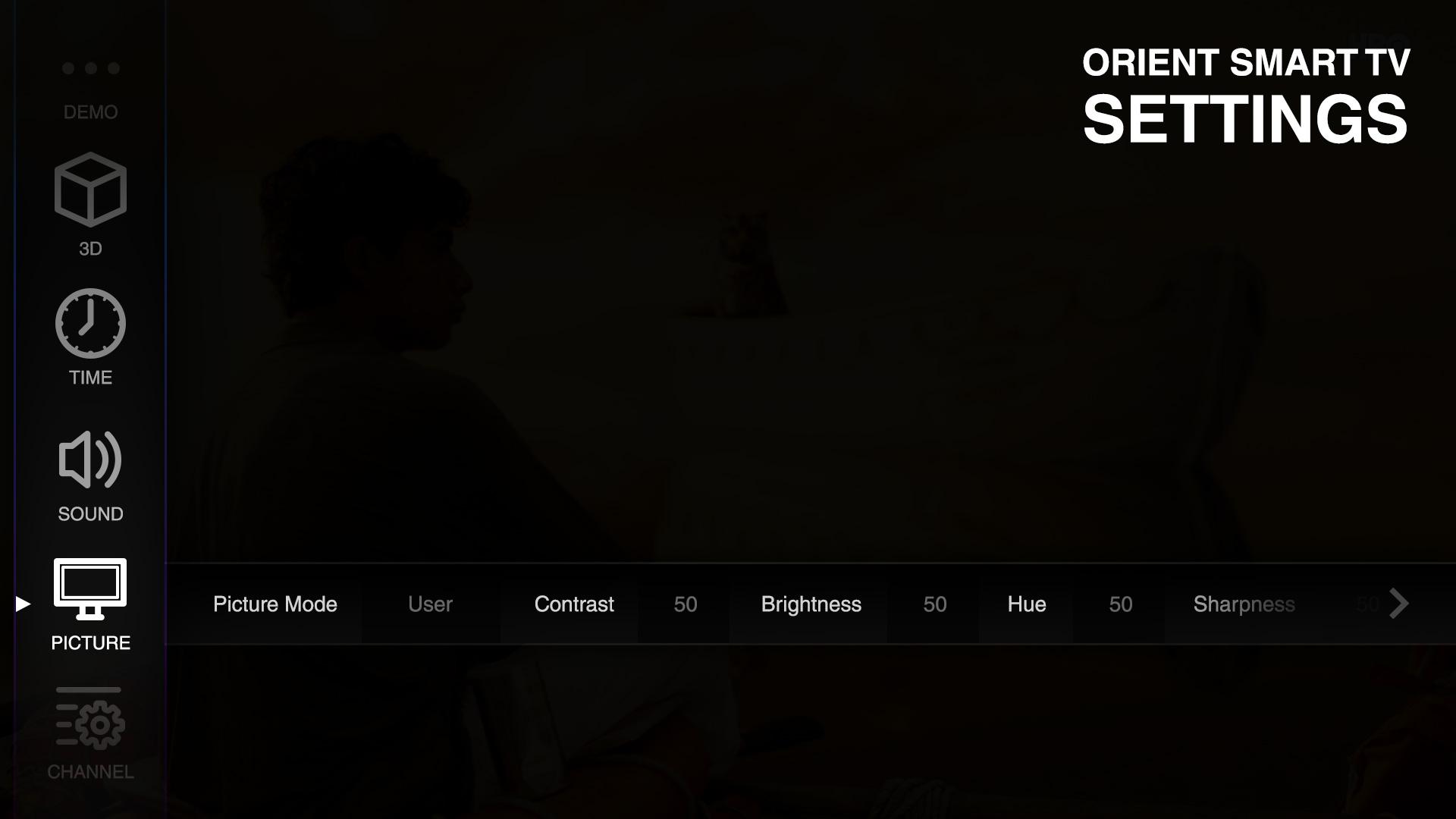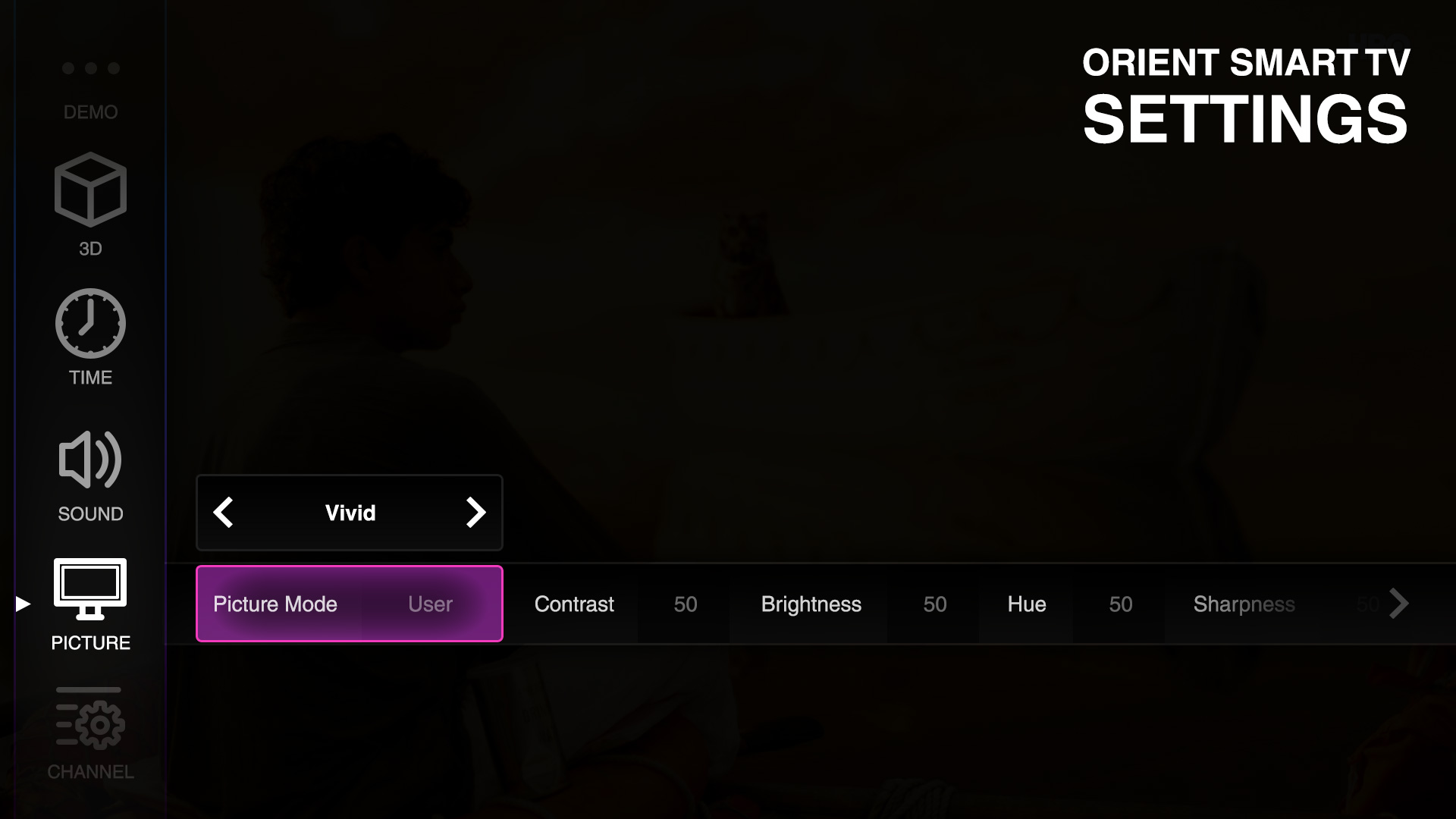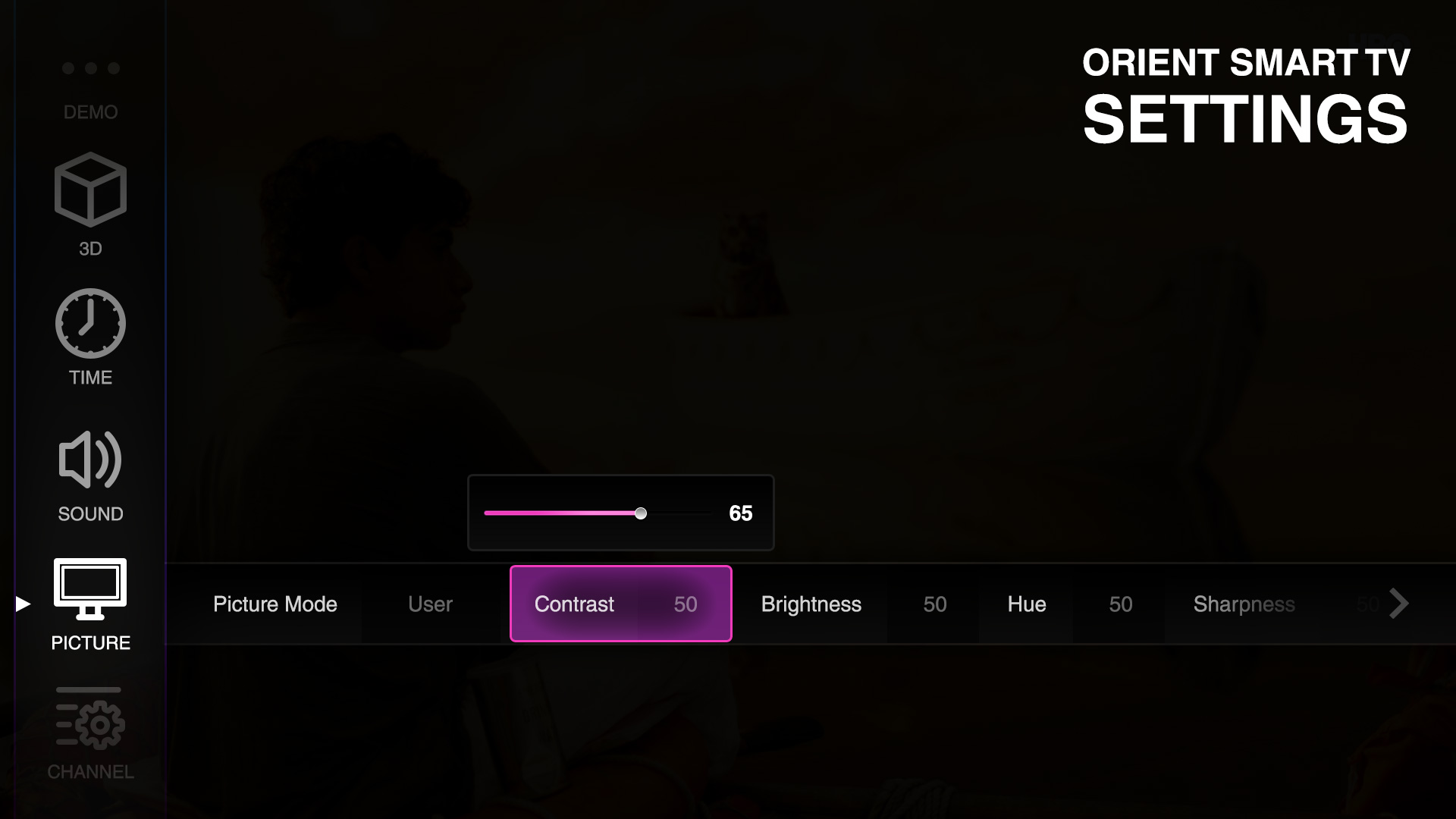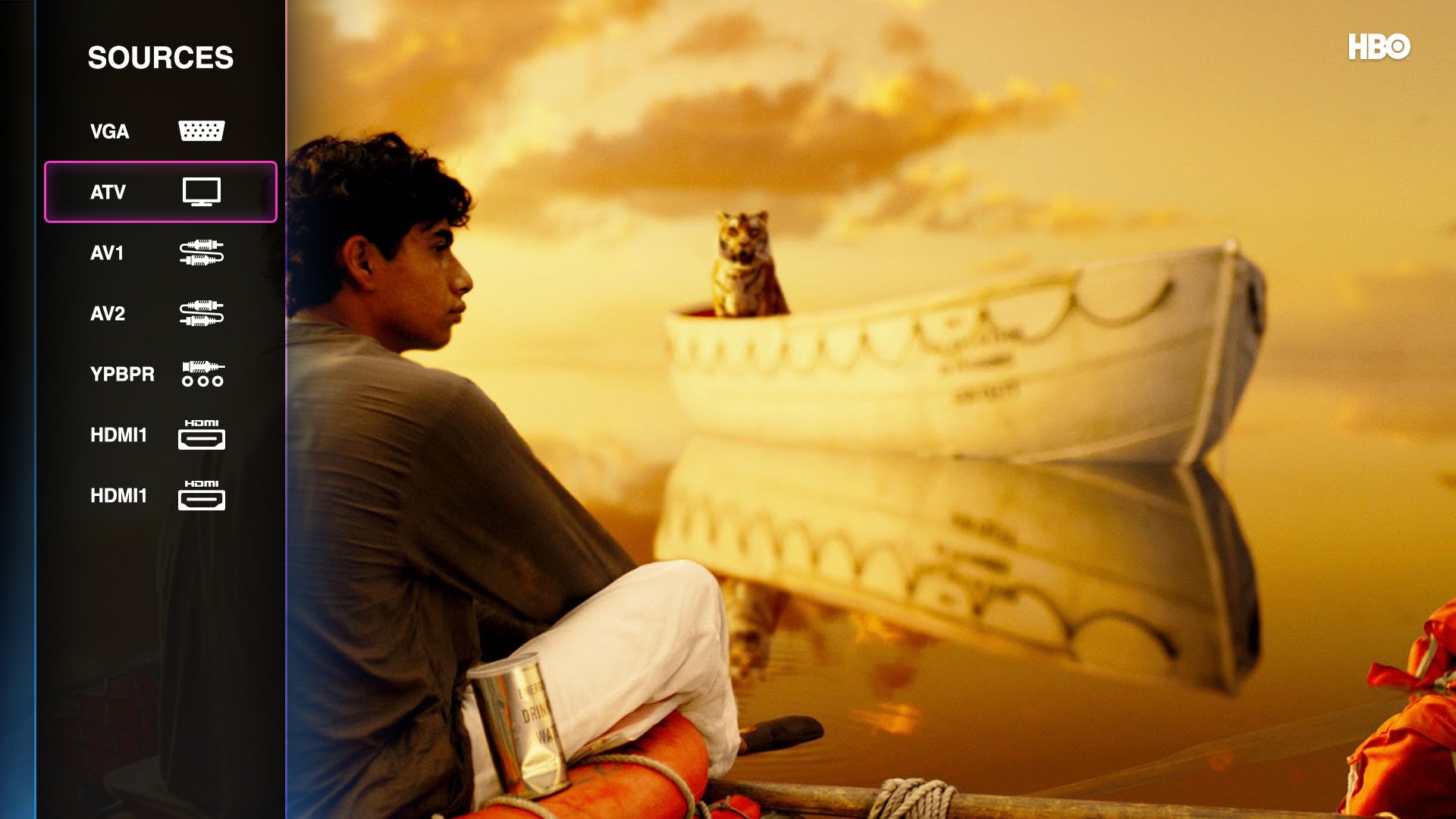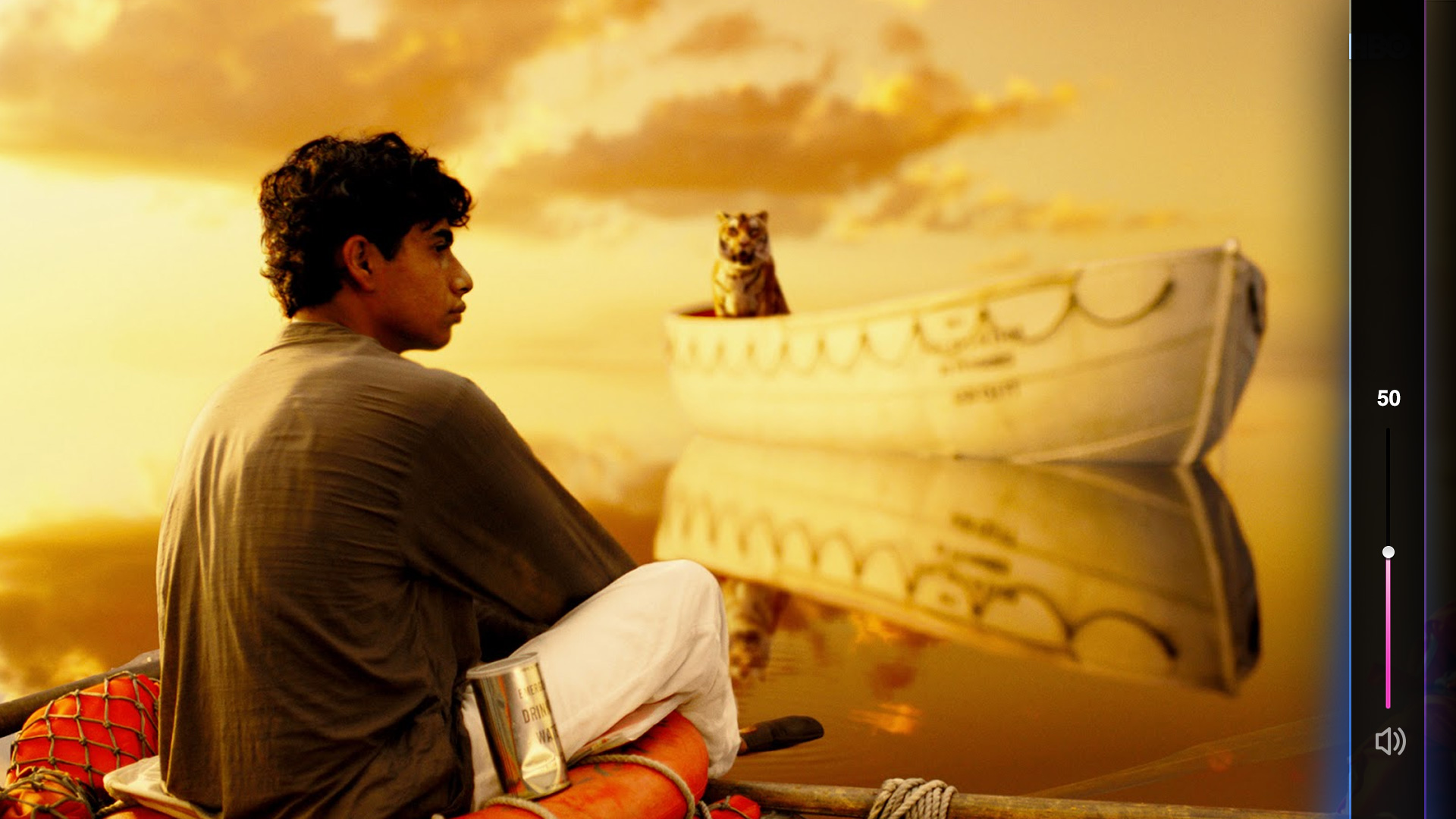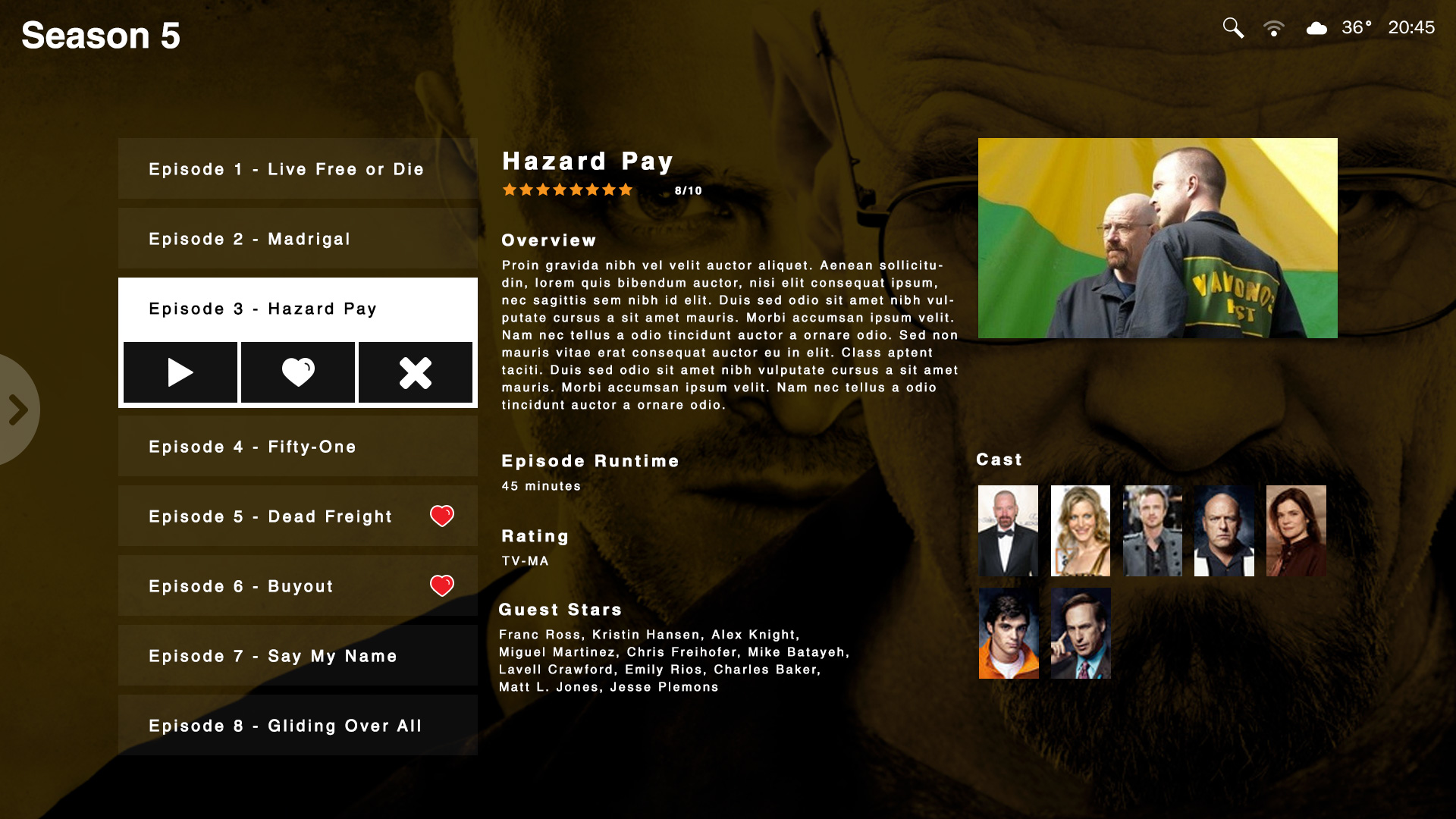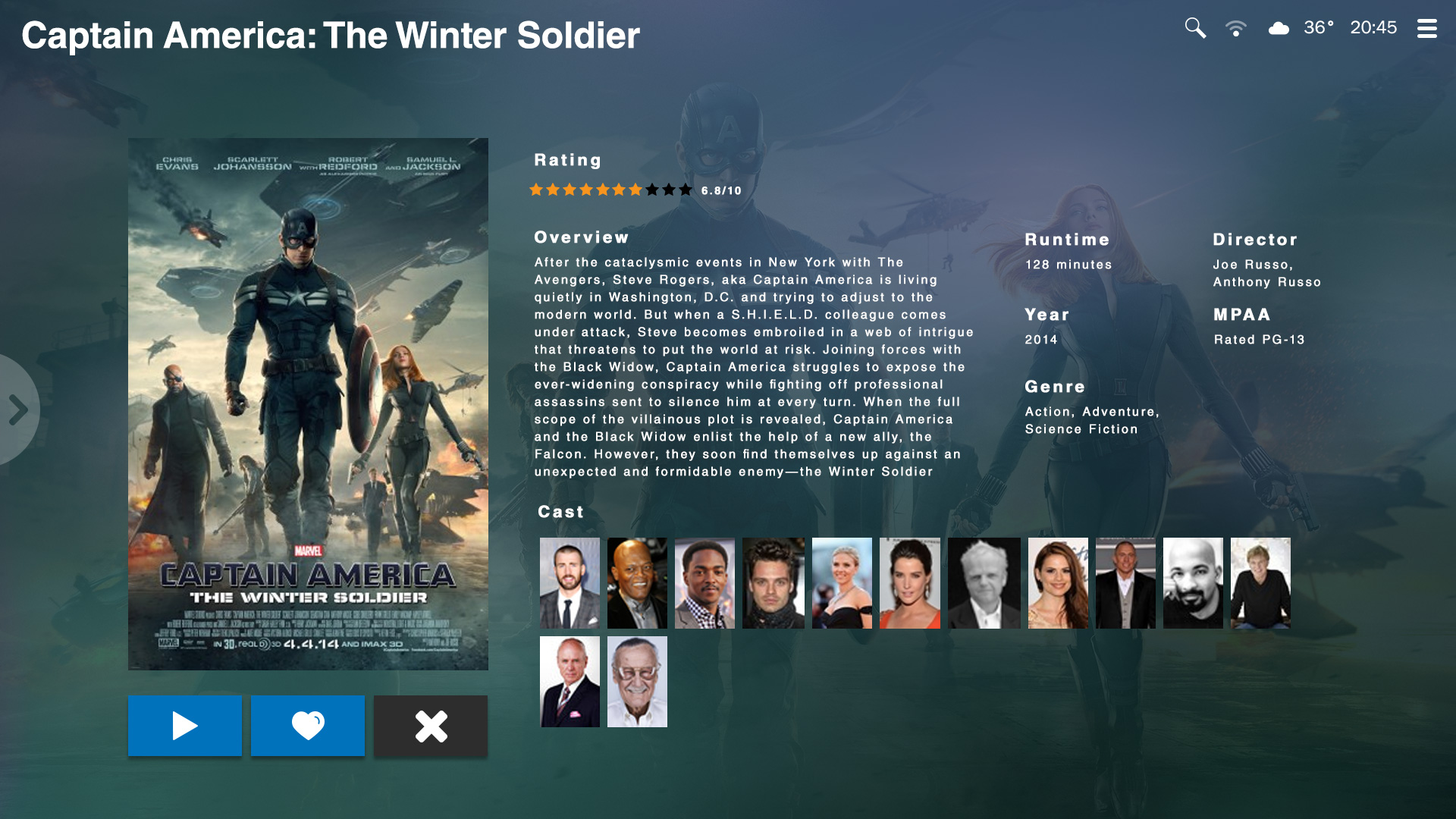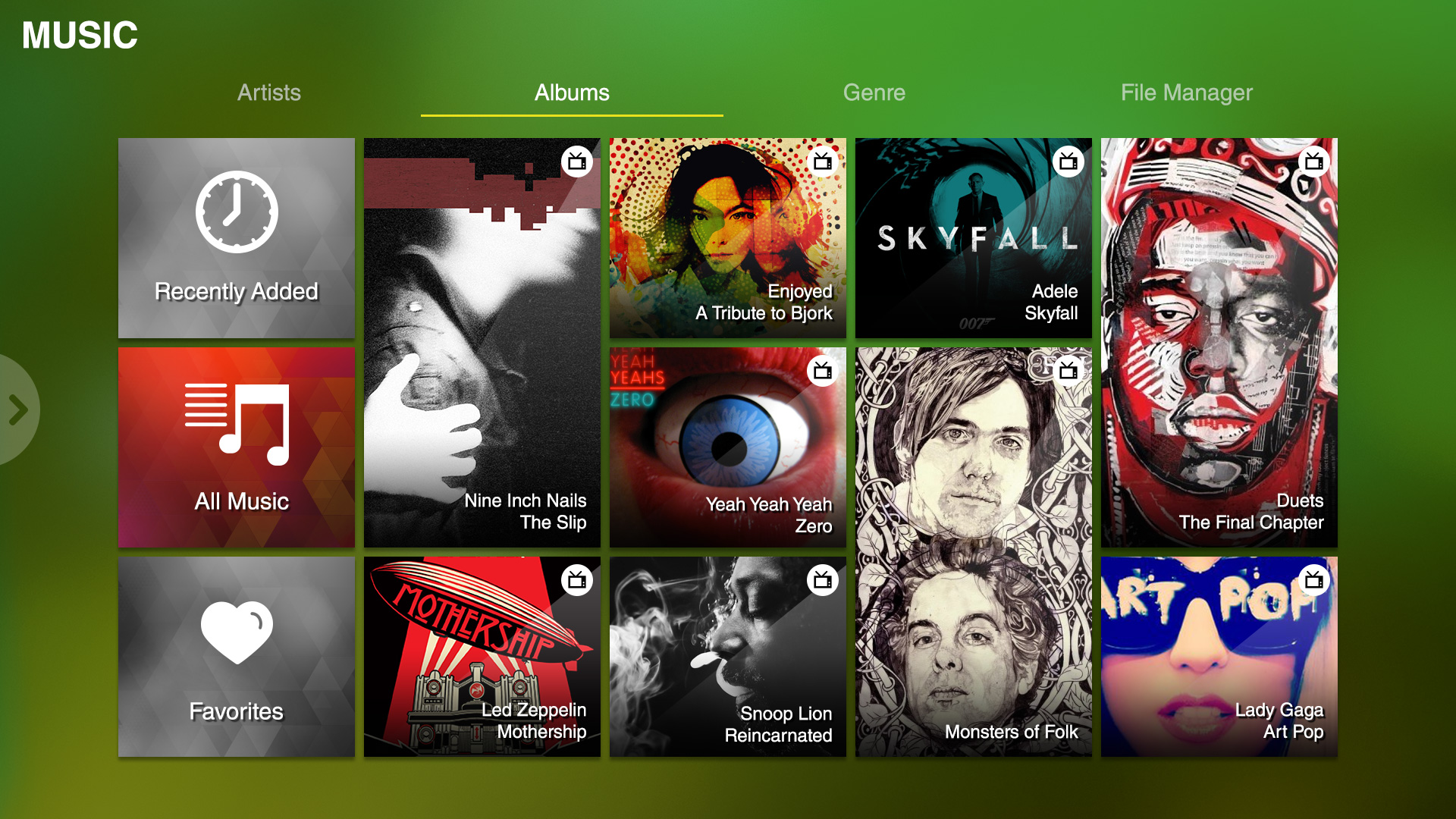Orient Smart
Pioneering Pakistan’s first Smart TV experience
Premise
While at Off-Road Studios I lead the design of Orient Electronics Smart TV experience. The product was to be launched on a tight deadline in incremental stages and included a full platform of media interaction. The final product allowed users to experience live TV and their own media content through its Android-based custom interface. As a first of its kind to be desiged and delivered in-house from Pakistan, the design had to be unique, eye catching, and functional enough to match the standards at the time.Challenges
- Design a unique TV experience for the Pakistani market.
- Platform had to be scalable to incorporate the different TV models planned ahead.
Approach
- UI/UX
- Experience Design
- Systems Design
- User Testing
Background
Since 1957 Orient has been providing innovative solutions to the Pakistani market as home appliances and electronics. Having a long history in pioneering new technologies in Pakistan they were among the first to introduce IoT-based home appliances in the country. It only made sense for them to move into Smart TV’s. After the onboarding and initial client discussion it was understood that Orient were basing their vision of Smart TV’s off of thencompetitor provided solutions. As Creative Lead on the project, I had to keep in mind their design interests but also remember the trajectory of the project and final user-base, the local Pakistani market.The design processes started with understanding client requirements and end-user needs through market research.
Process
This was the first project of its size and kind that I worked on and understandably it required research into not only the client and user needs, but also the system to be designed for. This project required an understanding of systems architecture for AndroidTV which the platform would be based upon. Furthermore, with the client interested in challenging the then popular products from competitors in the market, the proposed features needed to be designed according to the present capacity of the platform as well.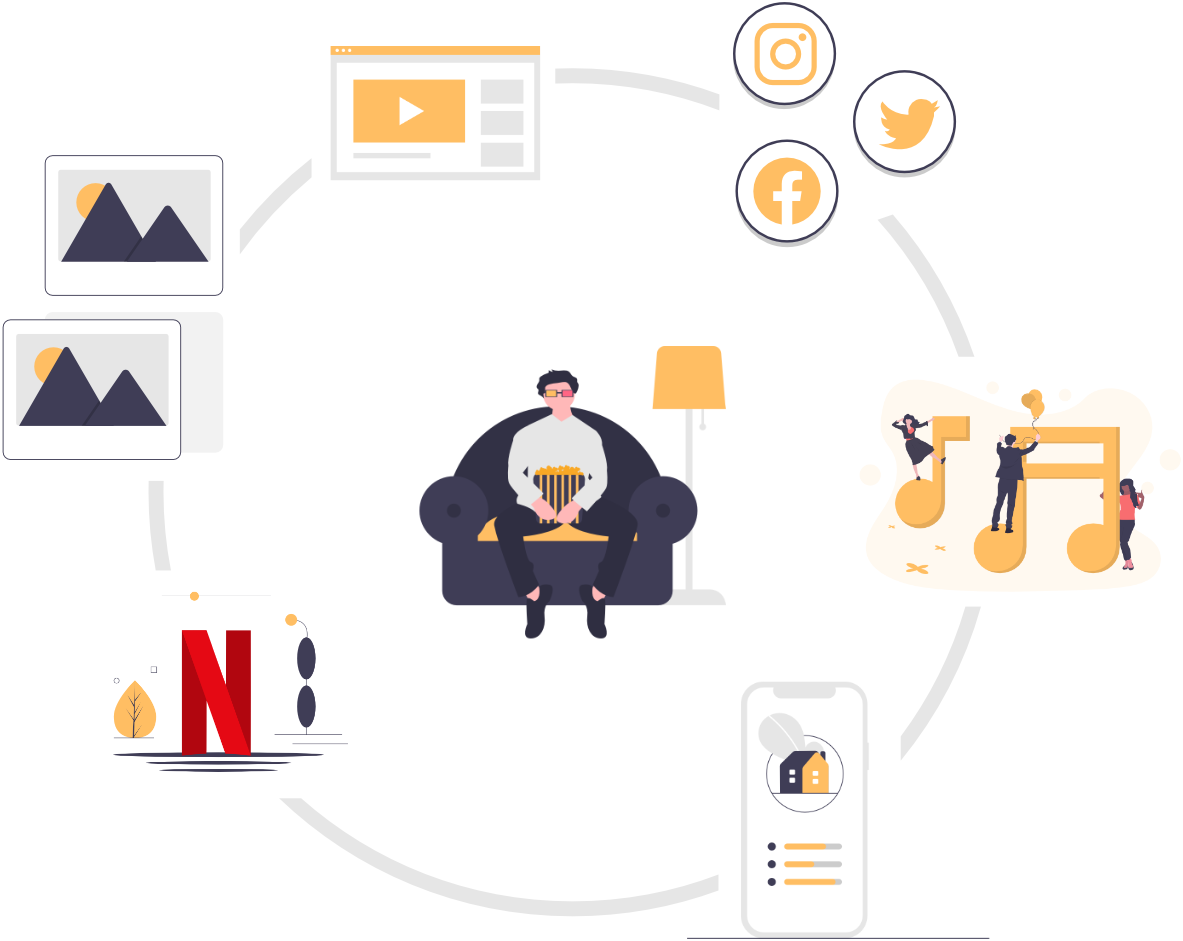
To do this, some market research was initially conducted to understand what kinds of interfaces and features would appeal to the public. Second, a series of detailed wireframes were done to imagine the different setups possible in this TV/Entertainment System. We called it an entertainment system because it had to allow for more than just TV experience becoming the central hub for your home as future plans by Orient were to incorporate social media, sports interactions, games, and interaction with their other Smart Home appliances.
After a number of wireframes exploring different design structures, a final design was selected which incroporated broader perspectives of the Smart TV Experience.

Section of the final wireframe compiled after several correspondences and iterations with client and user analysis.
Deliverable: Entertainment System
The design then went into an iterative process of making the system aesthetically pleasing. This had to be done in tandem with the development team which was busy making the design live on the platform. In the end the final Smart TV experience was designed to include a number of services for end-users within an all in one entertainment system experience. These included a TV dashboard, social media interactions, TV guide, music and photo library, file manager, future app support, appliance network, video player, and a backend system for handling system wide settings and support. The system was designed over a panel interface making the design modular and interchangable with different elements. This allowed the experience to feel seamless throughout the different sections of the Smart TV. Furthermore, a unique dial menu system was designed.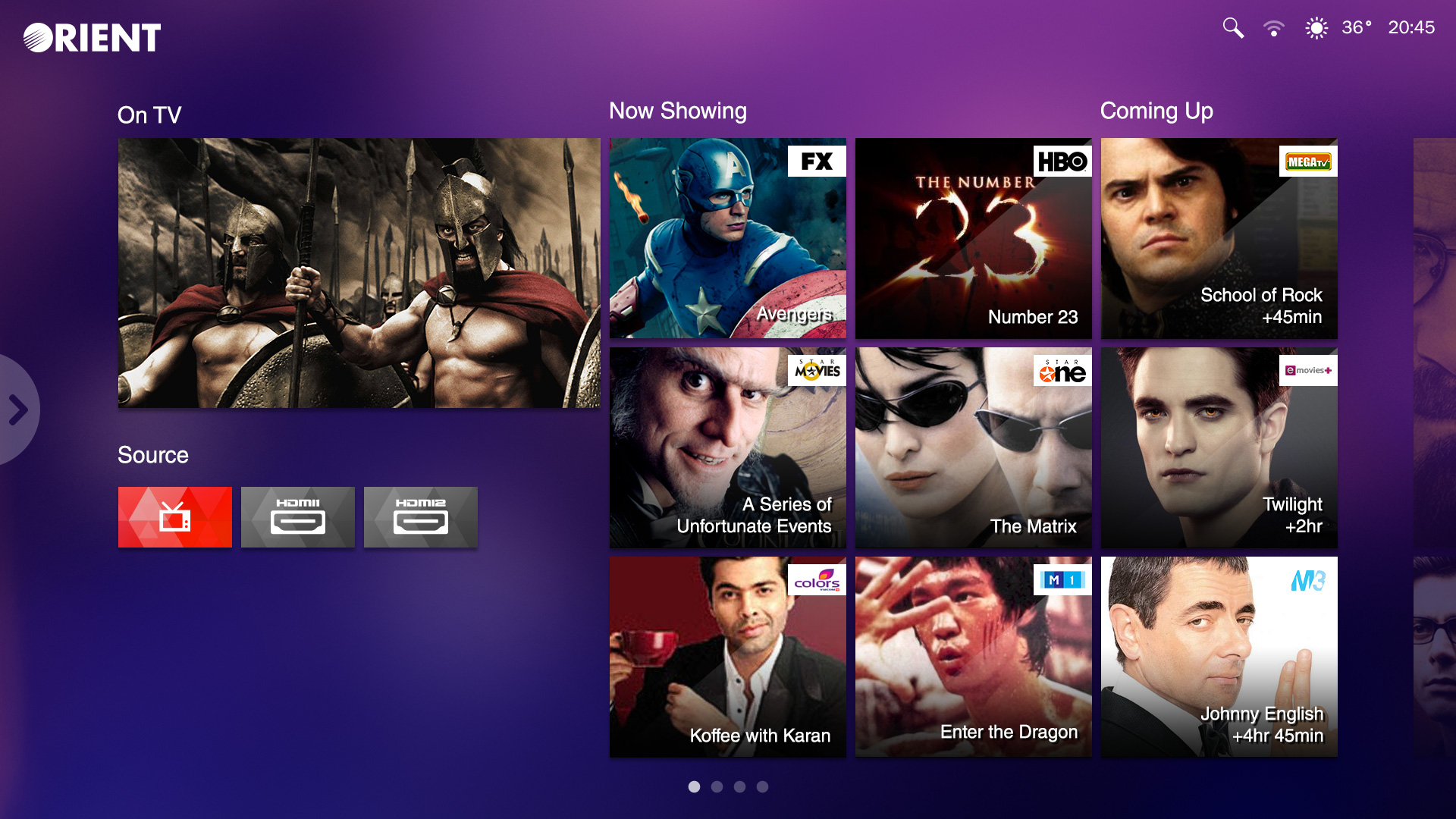
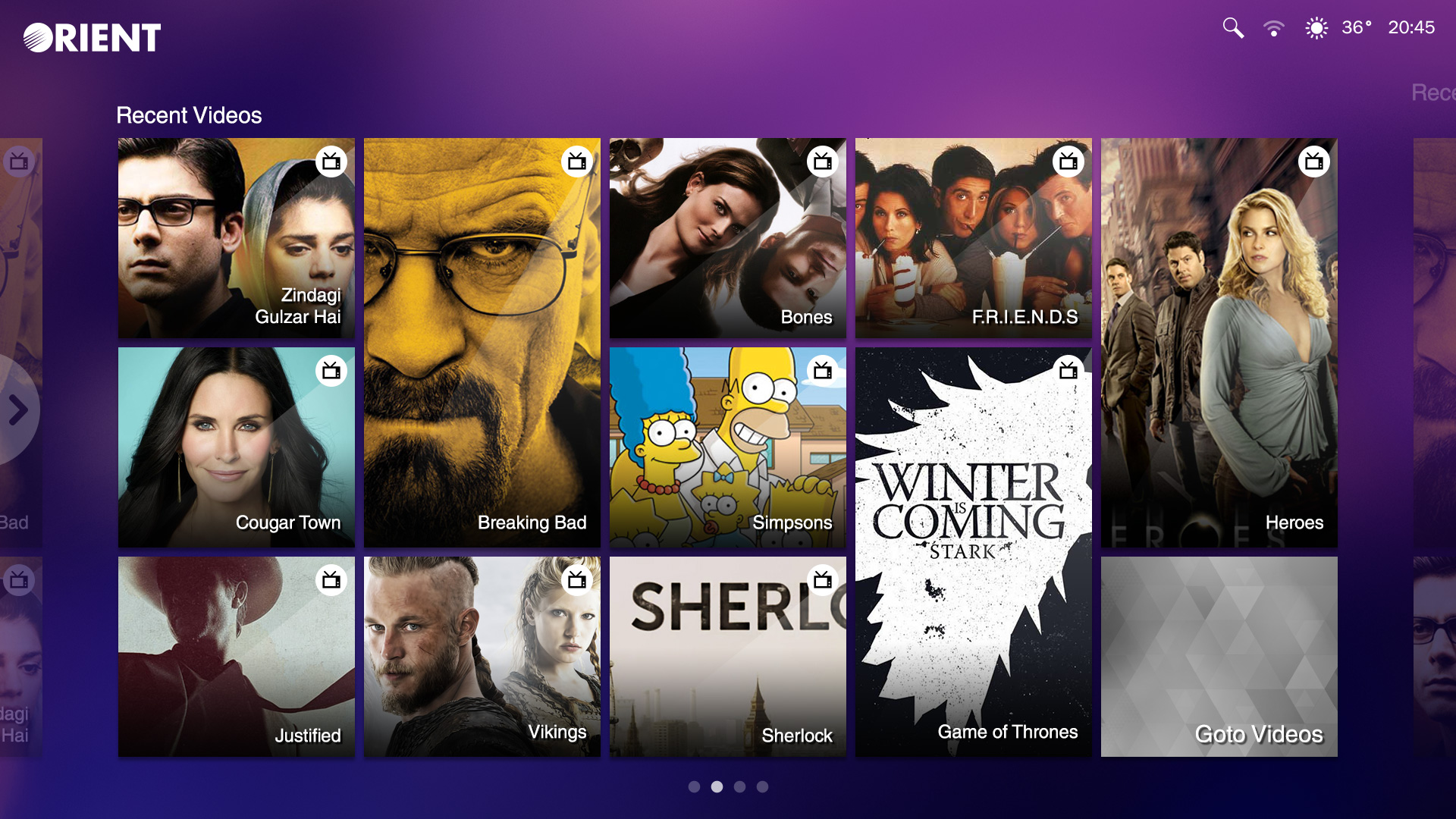
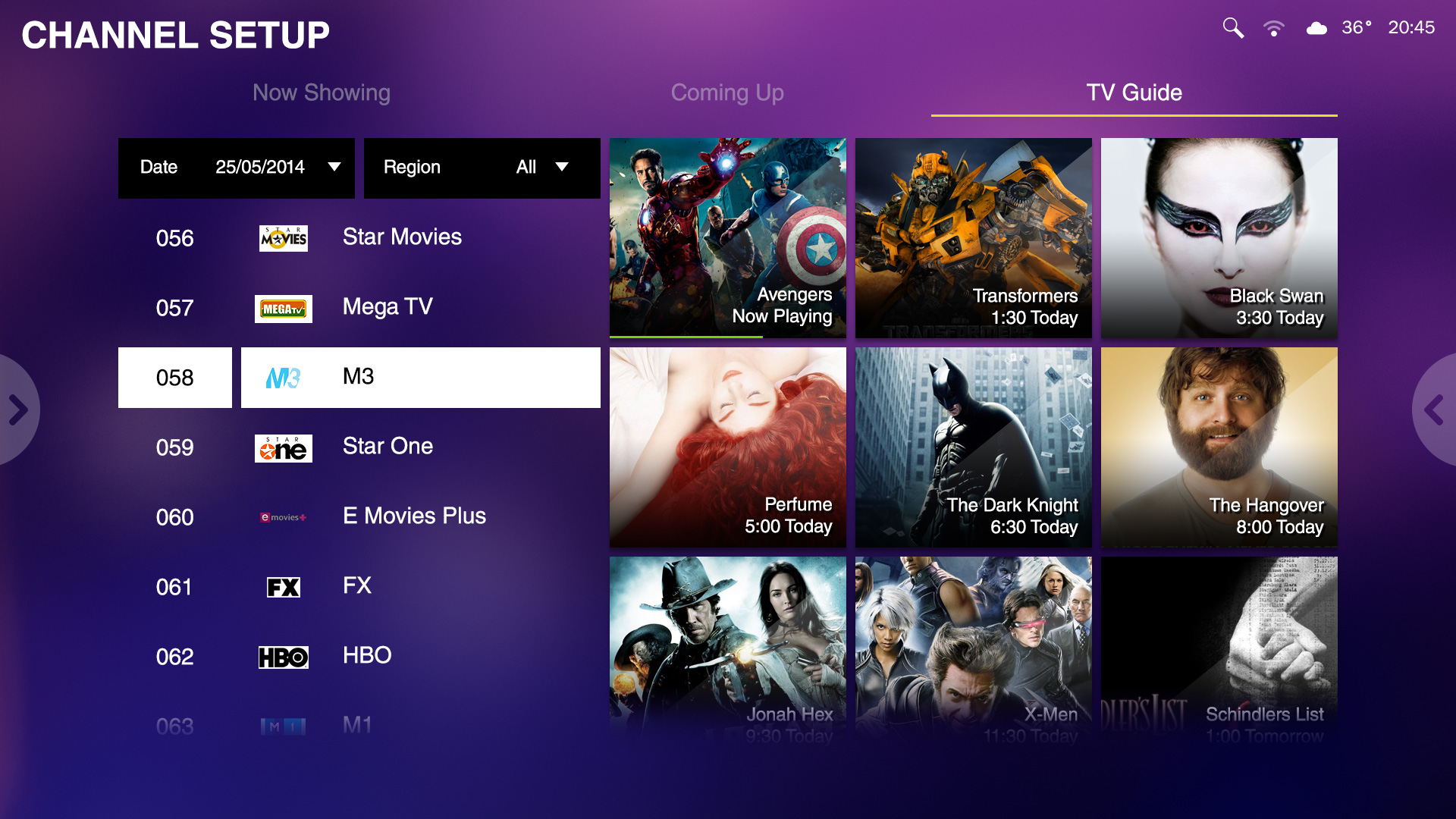
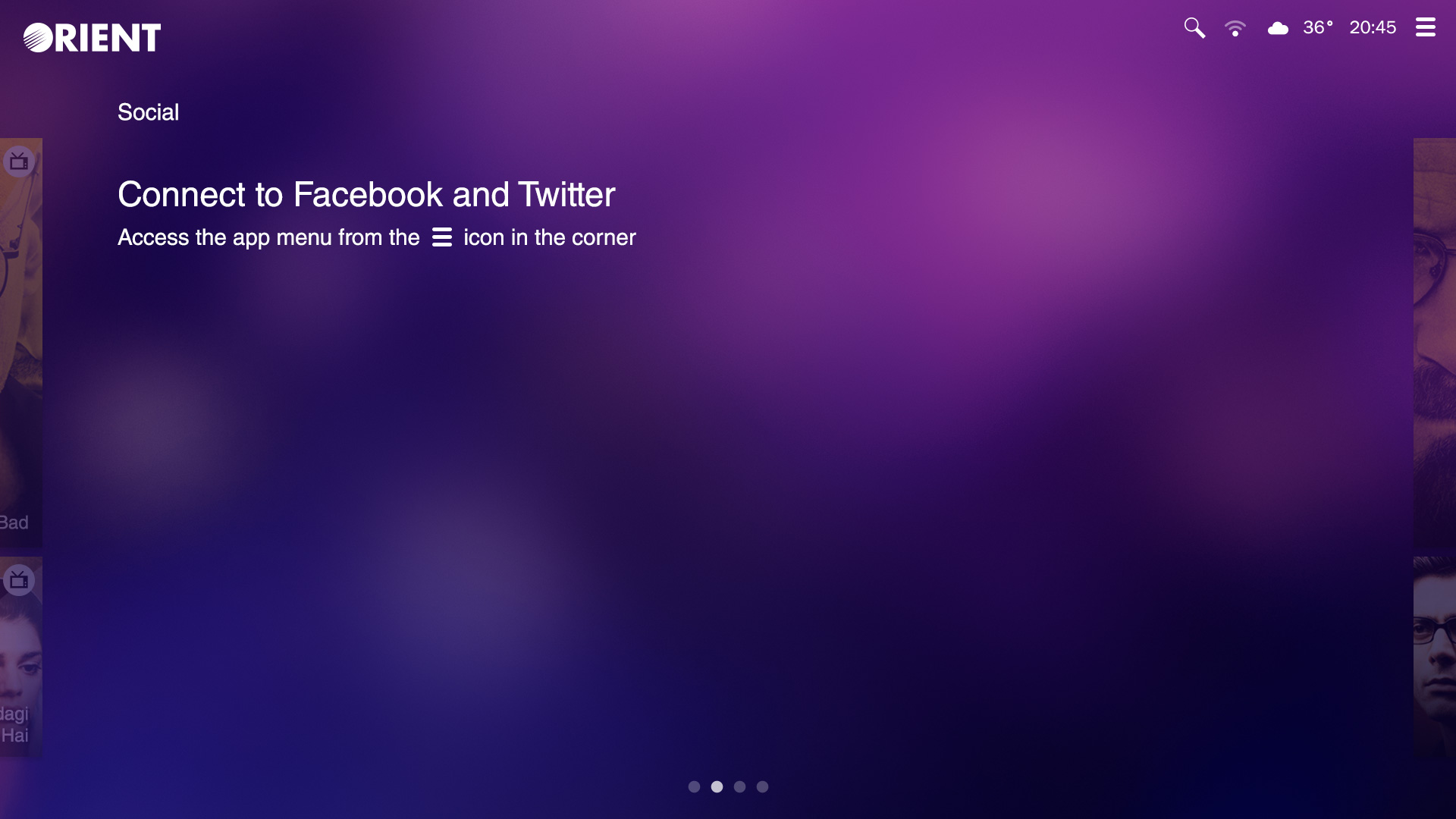
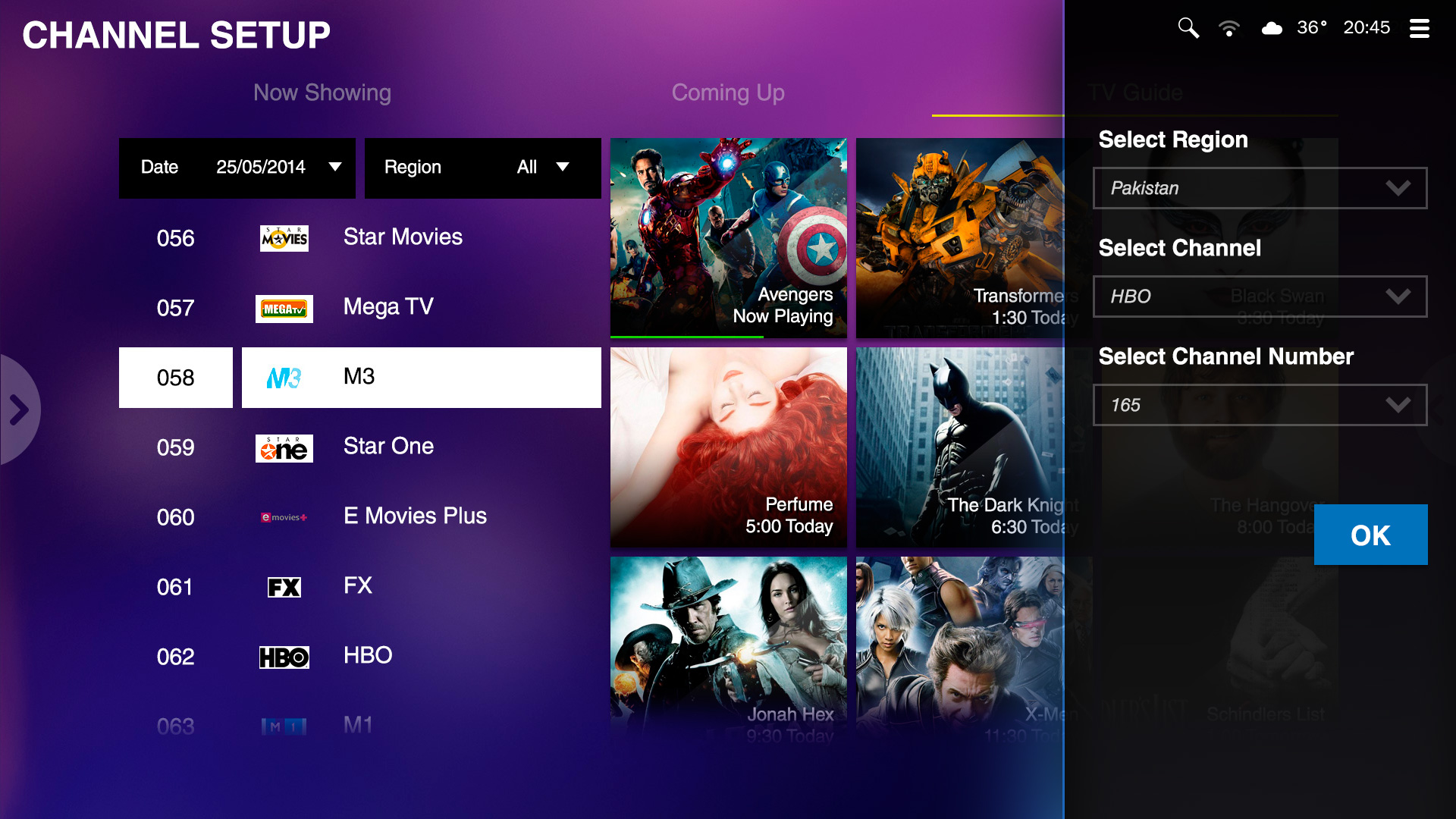
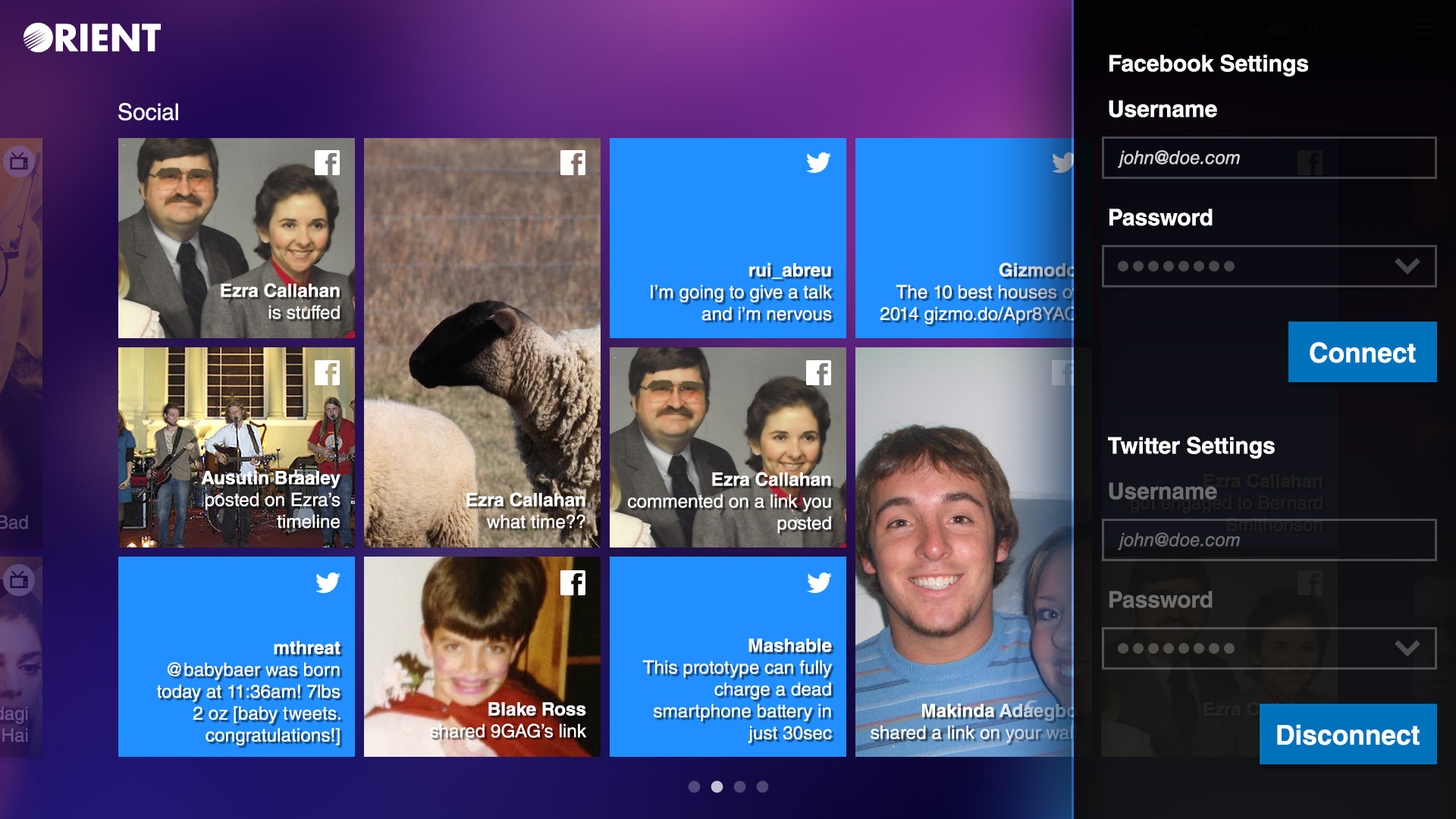
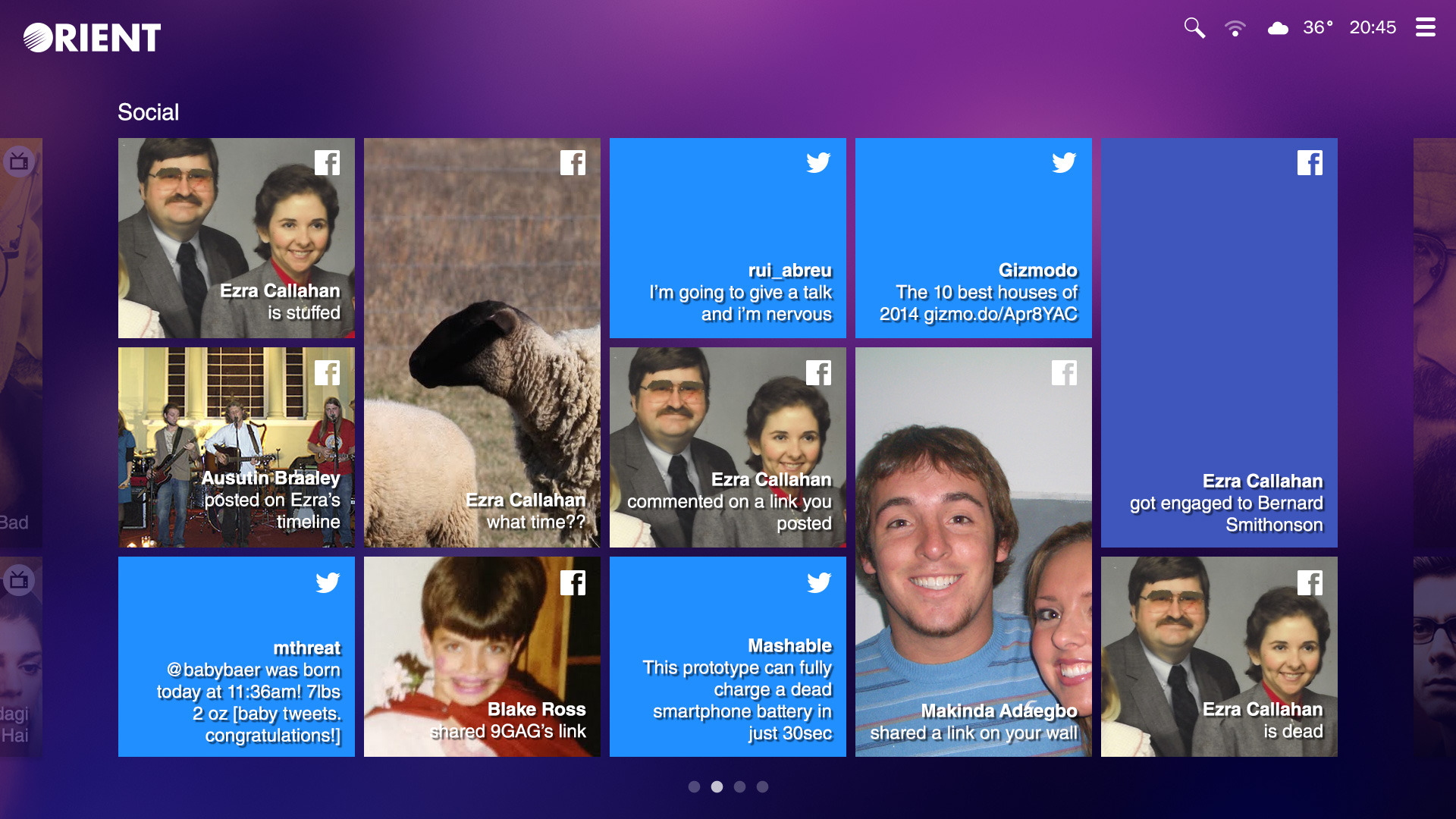
Deliverable: TV Interface
The second major deliverable was designing a unique TV UI/UX which could support the majority of TV standards. This was an equally extensive side of the project requiring it’s own research, wireframing, and prototyping to understand the best approach towards designing this experience.The final product was able to provide end-users with a robust TV experience without having them exit their streamed content.
